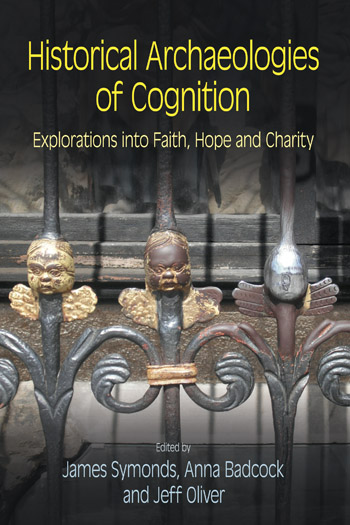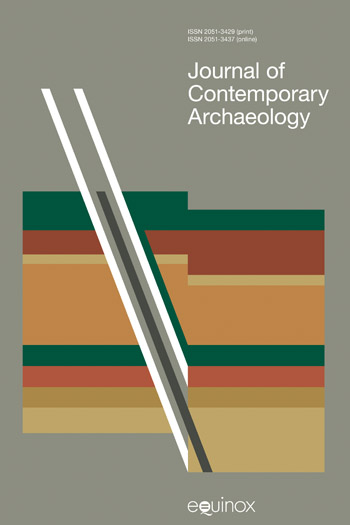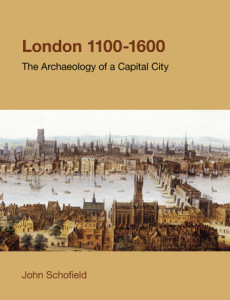Reviews
The range of techniques and theoretical models explored in this book demonstrate, in the words of David Gadsby, in his essay on contested public and private space in twenty-first century Baltimore (chapter 4), ‘how we can make heard the silent expressions of the archaeological record’ and use it ‘to change the way people think, and in turn change the way they talk to each other about the past’. This is highly relevant to many current debates about identity and planning, and the continual process of ‘the reconceptualising of heritage’.Landscapes
The relationship between tangible and intangible is a fascinating subject, and this book makes a valuable contribution to historical archaeology. It is certainly worth reading by anyone attempting to examine what people in the past were thinking.
Australian Archaeology
Each paper makes new and valuable contributions both to contemporary and historical archaeology and to the wider field. In my opinion, this book is a definite 'cover to cover' read, a very pleasing rarity among today's proliferation of edited volumes and published conference proceedings.
The Antiquaries Journal








